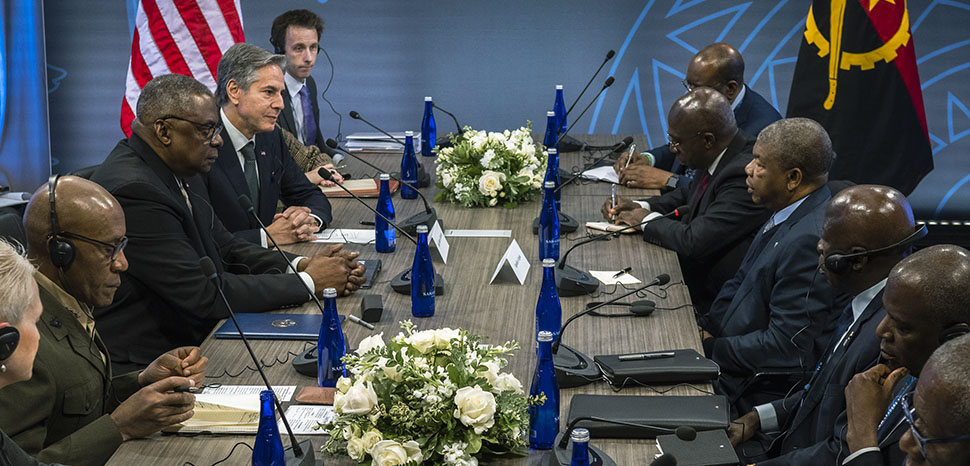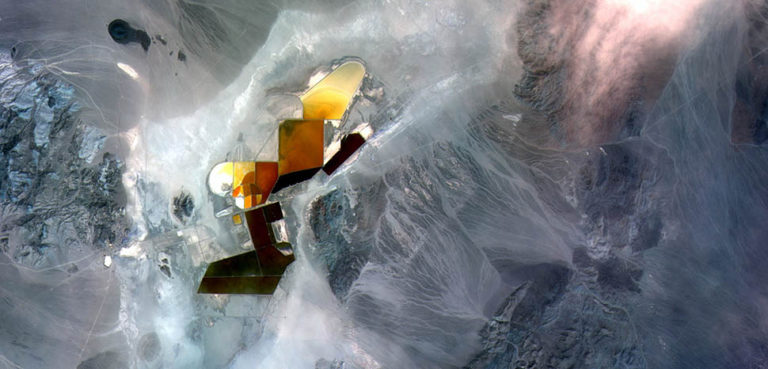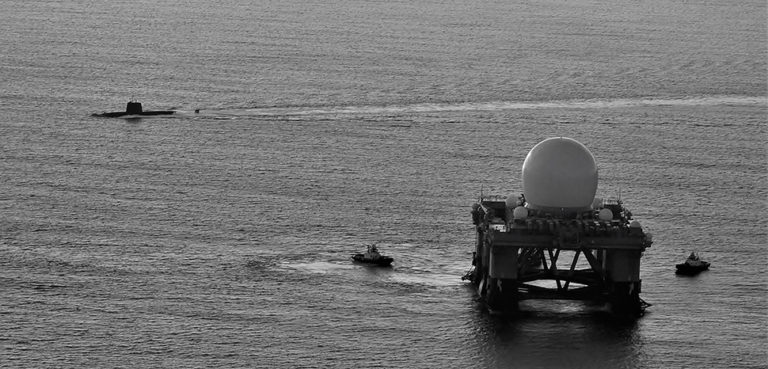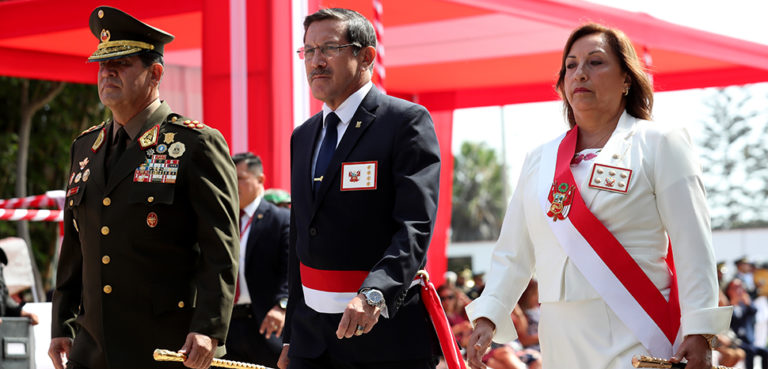The African continent has many, many natural resources, which are highly coveted by the rest of the globe, including critical minerals (CMs). Angola, a country already known for its oil wealth, will soon have a more significant role in the global race to access critical minerals.
A Critical Mineral-Rich Angola
The Angolan government is certainly openly showcasing its wealth of critical minerals. Case in point, the 2nd Angolan Mining Conference & Exhibition (AMC) will take place this upcoming 22-23 November. The conference is not too subtle about its objectives; it is titled “Developing Angola’s mineral resource potential to supply critical minerals for a global clean energy transition.” According to media articles about the upcoming AMC expo, “in the next half-decade, Angola is planning to start the production of neodymium and praseodymium, which are used in the manufacturing of batteries for electric cars, as well as copper and niobium. Angola possesses 36 of the 51 most critical minerals in the world, including chromium, cobalt, graphite, lead, lithium, and nickel.” In other words, Angola has the resources to be a major player in CM production.
Scott Morgan, a longtime analyst of African affairs, explained, “it’s a sign that Angola is seeking other revenue sources than just petroleum.”
While Luanda is touting its CM wealth, there are criticisms about African mining policies. African governments “have increasingly restricted or banned mineral exports in recent years in a bid to boost processing and retain more of the gains,” explains an analysis for Context. It makes sense that governments want international industries to set up refining and processing plants in African soil to boost technological development and local employment. It remains to be seen if this (risky) strategy will be successful.
Japan and Angola
China is known for controlling the production several critical minerals and rare earth elements, which has become a growing concern for some states. Many governments want to be independent of Beijing to access critical minerals and rare earth elements; thus, new, more reliable suppliers are being sought.
This situation explains a tour by Japan’s Economy and Industry Minister Nishimura Yasutoshi to several African nations. In mid-2023, he visited Zambia, Namibia, the Democratic Republic of the Congo (DRC), Mozambique, and, as discussed in this analysis, Angola. According to the North African Post, “in Angola, a joint agreement was signed aimed at advancing cooperation in the fields of trade and investment and supporting opportunities for Angolan and Japanese companies.”
Critical Minerals and Railways
The demand for critical minerals may have a positive side-effect: the revamping and modernization of essential railway systems, specifically the Lobito rail corridor. “Until the 1970s, the Lobito rail corridor was one of the busiest transport routes in Africa, linking Southern and Central Africa’s inland markets with the rest of the world [which facilitated] trade in, among other things, copper, cobalt, coal, zinc, lead, timber, sugar, maise, and coffee.” Operations were severely affected after the Angolan Civil War commenced.
The three countries involved in the corridor – Angola, the DRC, and Zambia – appear interested in repairing the railways. “In early July, DR Congo and Angolan governments officially granted a 30-year concession to the Lobito Atlantic Railways consortium to operate, manage and maintain the line, which will link the Angolan port of Lobito to the heart of DRC’s Copperbelt,” explains The Independent, adding, “the countries involved are banking on the booming demand for critical minerals necessary for the world’s transition to clean energy to drive infrastructure investment in the region.” Realizing the full potential of the railway will require “significant investment by the consortium,” including 1,555 wagons and 35 locomotives “for the Angolan side of the corridor alone,” explains the Singapore-based multinational commodity trader Trafigura, a consortium member.
Repairing the railways would make the transportation of critical minerals, among other commodities, from Central Africa to ports much faster. “Mining firms prefer to transport metals via truck to other often congested ports in Tanzania, Mozambique, and South Africa — but such journeys are expensive and take weeks to complete,” explained RFI (Radio France Internationale). “The consortium, which includes global commodity trader Trafigura and Portuguese construction firm Mota-Engil, hopes the revamped railway will slash transit times from the DRC to Lobito to under 36 hours,” RFI adds.
The Lobito rail corridor project has a geopolitical angle as well. “The oil-rich country has long held close ties to China and Russia… But under President Joao Lourenco, it has moved closer to Washington. There is no guarantee that minerals shipped from Lobito will head west, but the Atlantic port naturally looks towards Europe and the Americas, said Vines,” proposed RFI.
It is necessary to mention that both the United States and the European Union will support the upgrades to the railway. A 9 September White House press release notes that “on the margins of the Partnership for Global Infrastructure and Investment (PGII) event at the G20 in India, the United States of America and the European Union welcomed the recent commitment by Angola, Zambia and the Democratic Republic of the Congo to develop the Lobito Corridor connecting southern [DRC] and northwestern Zambia to regional and global trade markets via the Port of Lobito in Angola.” Washington and Brussels will assist the three African governments to launch “pre-feasibility studies for the construction of the new Zambia-Lobito railway line from eastern Angola through northern Zambia.”
Interestingly and very relevant to our analysis, the White House statement references minerals as an interest of Washington and Brussels regarding the Lobito railway, as the project can support “diversified investment in critical minerals and clean energy supply chains.” As RFI mentioned, Luanda and other parties to the Lobito railway have not publicly announced that they are explicitly planning to export critical minerals to the United States, Europe, and partner nations. However, this scenario is highly possible given the investment from these states.
“The Biden Administration, which negotiated this [deal] with the Governments of Zambia and the DRC, can cite this as an example that their green agenda for Africa is successful. Japan is looking for sources of conflict minerals as well. So we can look at this [evolving situation] as ensuring that China doesn’t have a stranglehold on sourcing these minerals,” explains Scott Morgan.
Is Seabed Mining Angola’s Competitor?
Curiously, an August analysis by the German news agency DW about Minister Yasutoshi’s African tour for critical minerals has one interesting section. At the end of the article, DW notes, “A lot of money and effort is going into exploring beneath the seabed in Japan’s exclusive economic zone (EEZ),” said Morinosuke Kawaguchi, a technology strategist and consultant who was previously a lecturer at the Tokyo Institute of Technology, “And that is paying off as test excavations at depths of 3,000 meters and more have come back with incredibly high amounts of minerals.”
In other words, Japan could turn to seabed mining in the (near?) future for access to critical minerals, thereby not needing Angolan CMs anymore. Recently, I wrote for Geopolitical Monitor an analysis of the geopolitical and defense issues related to seabed mining.
Therefore, Luanda should refrain from betting too heavily on critical minerals to become the cornerstone of its economy, even if seabed mining is barely in its infancy. Relying on natural resources like oil or minerals to bear the brunt of economic development is a bad idea. Luanda must apply foresight to the critical mineral boom and use the incoming profits to diversify the Angolan economy and strengthen other industries.
Conclusions
Over the decades, a plethora of reports have been published praising Africa’s resources. “Africa Can Feed Itself, the World” is a phrase commonly used to refer to the continent’s potential. Similarly, Africa has numerous mineral resources, such as critical minerals and rare earth elements, vital for the ongoing global energy revolution. Angola is an example of a country that can win big and profit significantly from its critical mineral wealth. Recent developments like the visit by a Japanese minister and Washington’s and the European Union’s pledge to support the modernization of the Lobito rail corridor demonstrate the global interest in yet more Angolan natural resources: critical minerals.
The African country is no stranger to having global powers covet its resources. The key issue is whether regional governments, including Luanda, will have the policies and foresight to profit from this new demand and ensure the profits help their populations. History shows that this ideal scenario will probably not occur. “Angola does have a history of corruption, with Isabel Dos Santos being a prime example of what happens. Will that happen? It’s possible, especially among state-owned companies, with people making sure they get their cut,” Morgan concluded.
Wilder Alejandro Sánchez is President of Second Floor Strategies, a consulting firm in Washington, D.C. He is an analyst who monitors defense & security, geopolitical, and trade issues across the Western Hemisphere, Eastern Europe, and Central Asia.
The views expressed in this article belong to the authors alone and do not necessarily reflect those of Geopoliticalmonitor.com.




